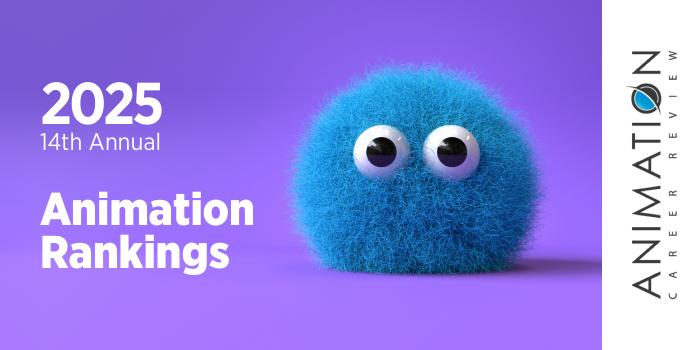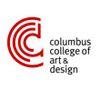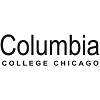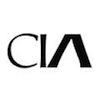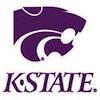The Animation program at Columbus College of Art and Design (CCAD) was established in 1987. Recognized as a Center of Excellence by Toon Boom, the program focuses on developing advanced skills in the latest animation techniques and tools. Examples include 2D, 3D, Claymation, and stop-motion. The program also explores virtual reality, motion graphics, and digital modeling.
Other program benefits include CCAD Sketch, where students can sketch live animals, in studio, as they play with their trainers; participation in the Animation Student Collective, which features networking opportunities; unlimited access to CCAD’s Cloyd Family Animation Center, which houses flex spaces, the Animation Student Collective, student lounges and state-of-the-art labs such as stop-motion, virtual reality drawing, computer, and teaching; participation in the 24-Hours Animation Contest for Students; and real-world projects with nonprofit, corporate, and government partners.
Examples of CCAD partners include American Greetings, Odam Publishing, Greater Columbus Film Commission, General Motors, Rela Art, Greater Columbus Arts Council, Nutella, 99P Labs, JP Morgan Chase, Procter & Gamble, Old Navy, Keep Ohio Beautiful, Columbus Zoo and Aquarium, Goodwill Industries, E. & J. Gallo Winery, Cardinal Health, White Castle, Ohio History Connection, and Zox.
Students in the Animation program at CCAD can earn a BFA. An Animation minor is open to Film and Video BFA students. All BFA students will complete the first-year experience, which consists of drawing, technology, design, and business classes. During this time, students will also explore creative processes and performance, conduct research, and collaborate with peers.
Upon completion of the first-year, Animation BFA students may select a concentration or one of 18 minor options. Concentrations require nine credit hours of coursework, while minors require 15 credit hours. Concentration examples include Animation/Game Design; Illustration/Entertainment; Animation/Experimental; Design/Modeling; Design/Drawing; and Illustration/Illustrative Design. Minors that complement the program include Animation 2D or 3D; Illustration; Comics & Narrative Practice; Fine Art; Film & Video; Creative Writing; Advertising & Graphic Design; and Photography.
The CCAD Animation BFA requires 120 credit hours. Course examples include 3D Character Animation Simulation; Visual and Narrative Storyboard; 3D Animation Modeling and Surfacing; Historical Art and Design; Animation Lab Pipeline; Café Sketch; Visual Literacy; Animation Lab Production; and Writing and the Arts.
The Animation BFA program at Columbus College of Art and Design culminates with a final project, portfolio, and presentation. Graduates are prepared to pursue careers in entertainment and other creative industries. Examples of recent employers include Netflix, Sony Pictures Animation, Amazon Studios, Electronic Arts (EA), Cartoon Network, Pixar, Nickelodeon, Titmouse, DreamWorks Animation, Walt Disney Animation Studios, Riot Games, Aardman Animations, Framestore, LAIKA, ZeniMax Media, Illumination Entertainment, Aha Media, PIXEL Park, and AXIS Studios.
Some Animation BFA alumni also go on to open their own independent studios or to enroll in a graduate program, such as CCAD’s Amelita Mirolo MFA in Visual Arts. This 60-credit hour terminal degree program is one of the most competitive programs at CCAD. Each year, the program accepts just 15 students.
The CCAD Visual Arts MFA operates within a 13,700 square-feet facility that houses individual private graduate studios, exhibition space, faculty offices, and a lounge. In the facility, students can work on individual projects and thesis production in any area of interest. Examples include animation, game art, film, television, interactive design, and illustration. Students may focus in any of these areas through art and design electives and/or CCAD’s numerous minor and concentration options.
Other CCAD MFA highlights include access to the Tad Jeffrey FabLab, which houses 3D printers, one of the largest laser cutters in the state, computer labs, studios, digital printing facilities, darkrooms, and a walk-in spray booth; participation in the visiting artist series, which features seminars, mentoring, workshops, and lectures; and internship opportunities with nonprofits and businesses located in places such as New York, Ireland, Chicago, Seattle, Honduras, and Oregon.
Graduates of the Visual Arts MFA program at Columbus College of Art and Design are prepared to pursue leadership roles in areas such as filmmaking, illustration, advertising, fine art, museums, and education. CCAD Art and Design alumni have been hired at places such as Pixar, Cartoon Network, and American Greetings.
Columbus Art School was established in 1879 by five women who had been prohibited from taking art classes alongside men. When it opened, the school had just six students. Serving more than 1,000 students, Columbus Art School is now known as Columbus College of Art and Design. Students at this private, nonprofit art and design college have access to 11 undergraduate majors, 18 minors, and three graduate programs across more than 10 departments.
Columbus College of Art and Design is accredited by the Higher Learning Commission (HLC) and the National Association of Schools of Art and Design (NASAD). CCAD is also affiliated with the Association of Independent Colleges of Art and Design (AICAD).


